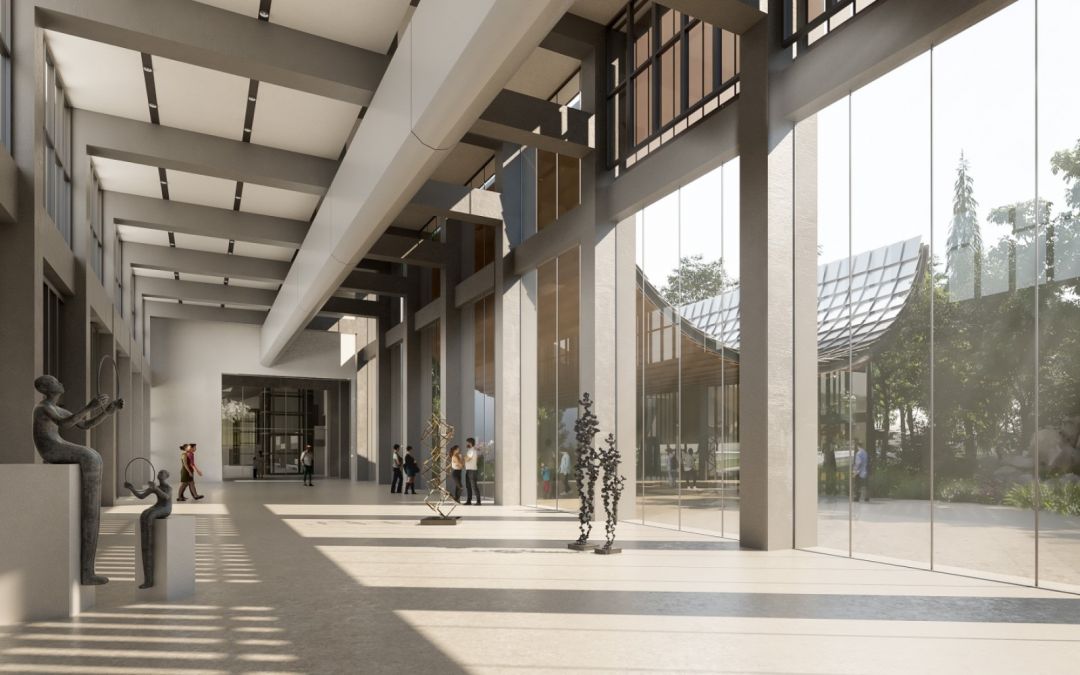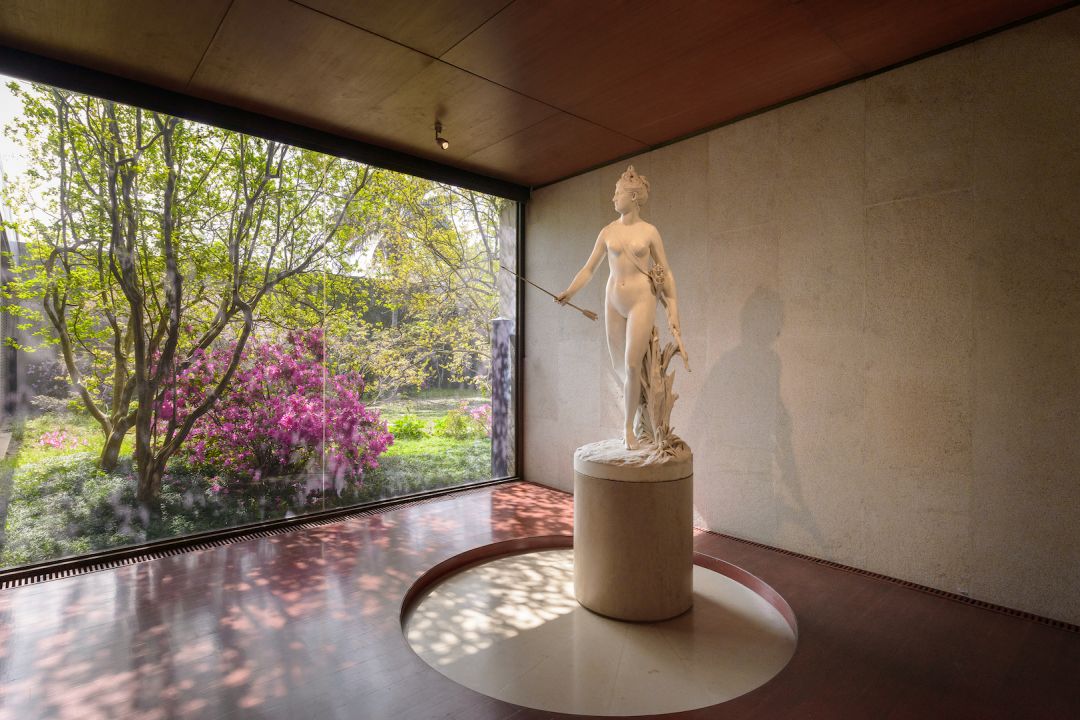JOIN the AFICIONADOS
To receive our world of travel and style delivered straight to your inbox.
We are always in admiration of those who support the arts, and in this case, we shine a light on the Calouste Gulbenkian Foundation, one of the largest of its kind in Europe, based in a favourite corner of Portugal: Lisbon.
Architecturally designed buildings, an eclectic museum, library, secret garden, and a scientific research institute make up the Lisbon outpost of this Portuguese philanthropy foundation, which is just the tip of the iceberg. The foundation is dedicated to supporting access to art and culture, scientific endeavour, sustainable communities, and innovative projects through grants and scholarships not just in Portugal but the world over, including Portuguese-speaking African countries.
There is also an annual Gulbenkian Prize for Humanity which bestows one million Euros onto individuals, businesses and entrepreneurs who are making outstanding progress in innovation within climate change. The Award for Civic Arts Organisations prize is based in the UK and celebrates the transformational power of art. The prize awards small creative arts communities that are finding inventive ways through the medium of expressive art to aid groups, for example, migrants or those living with dementia, although the list of recipients is long and varied.
Back in Lisbon, we explore the Foundation, particularly the man himself - Calouste Sarkis Gulbenkian (1869-1955), a traveller, businessman, purveyor of the arts and avid collector, born in Armenia. Throughout his life, he sought to be a ‘business architect’, bringing cultures together through his work which included oil, trade and diplomatic relations, which combined to garner significant wealth, which was channelled into his foundation with an aim to help humanity.
Wherever Gulbenkian went, he sought out beauty, the arts, antiquity and creative expression and his contacts and good relationships with specialist dealers allowed him to fine tune his personal collection which included paintings, sculpture, furniture and antiquities from artists such as Rubens, Van Dyck, Hals, Rembrandt, Manet, Degas and Monet and Renoir among other art giants.
Today, admire some of the collection at the foundation’s museum, which winds its way around two interior gardens and covers vast realms of art from Oriental to Egyptian, French sculpture to glassware by René Lalique.
The Centro de Arte Moderna, designed by British architect Leslie Martin with José Sommer Ribeiro includes modern Portuguese art and 20th century British art. Recently the architect Kengo Kuma, extended the building into the Gulbenkian garden, which is in turn a work of art. Celebrating Portuguese landscaping, its unusual trapezoid shape is combined with biodiversity including soaring trees and 43 species of bird. A place to listen to an open-air concerts or contemplate the life of the man Gulbenkian and his legacy, which continues in myriad philanthropic projects around the world.

